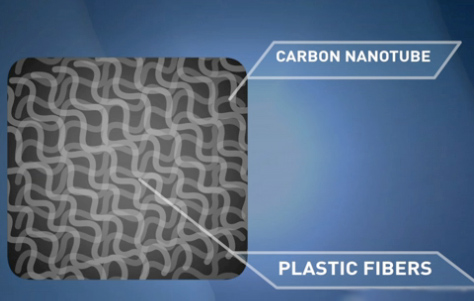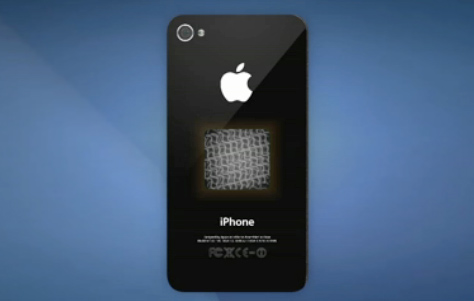Explore the Amazing Potential of Power Felt
My first memory of the notion that the human body could be used to produce electricity was gleaned from a Gilligan’s Island episode. The Professor had managed to concoct a bicycle—probably from coco leaves and found driftwood; and Gilligan pedaled furiously to generate electricity—most likely to power an automatic fan in order to cool the perpetually put-upon Mrs. Howell. My how far we’ve come. The latest in this realm comes courtesy of Wake Forest University and Graduate Student Corey Hewitt: Power Felt is an innovative thermoelectric material that absorbs and stores power from practically any heat source, even the human body.
Power Felt Thermoelectric Technology. Designed and Developed by Nanotechnology Researchers at Wake Forest University.
Power Felt Has Tremendous Potential for Innumerable Applications
As Wake Forest is an institution heavily into nanotechnology research, Power Felt employs tiny carbon nanotubes embedded in tiny plastic fibers. So tiny, in fact, that unlike other thermoelectric materials—which often have a brittle texture—Power Felt appears to be, well, felt.

The material, which works by capturing temperature differences to create an electrical charge, is completely, surprisingly, and unabashedly soft—a textural coup that deeds Power Felt its enormous innovative potential.
As researcher Hewitt points out, “We waste a lot of energy in the form of heat…” Power Felt capitalizes on that opportunity by essentially creating a user friendly storage and delivery system.

So what are the potential uses? The product is still in the developmental stage (and Wake Forest may be looking to partner with private investors to develop it further), but possibilities include a nifty felt cover to charge a cell phone, powering medical monitoring equipment, or as an integral component of an emergency kit (as an ideal back-up for a flashlight or weather radio): “the overall performance of the fabric shows promise as a realistic alternative in a number of applications.”
Via Mashable.
About the Researchers: The students and professors researching Nanotechnology at Wake Forest University are an ambitious and dedicated lot. Owing to their work with Carbon Nanotubes, they’re currently developing a revolutionary material called Power Felt. Power Felt employs thermoelectric technology to create electricity: “Generally thermoelectrics are an underdeveloped technology for harvesting energy, yet there is so much opportunity.”



Leave a Reply